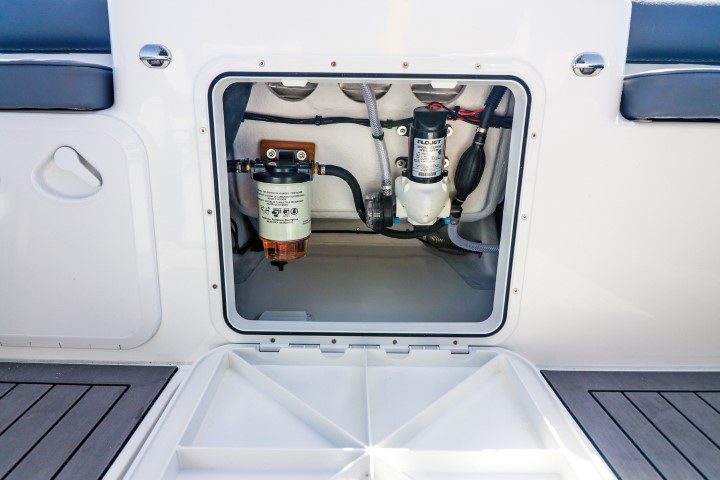‘Behemoth’ is a word which springs to mind or, perhaps more nautically, ‘leviathan’.
- Amphibious capability
- High quality finish
- On water performance virtually indistinguishable from Strata 800
- Versatile: fishing, diving, skiiing, cruising
- No need for a trailer, but trailerable as well

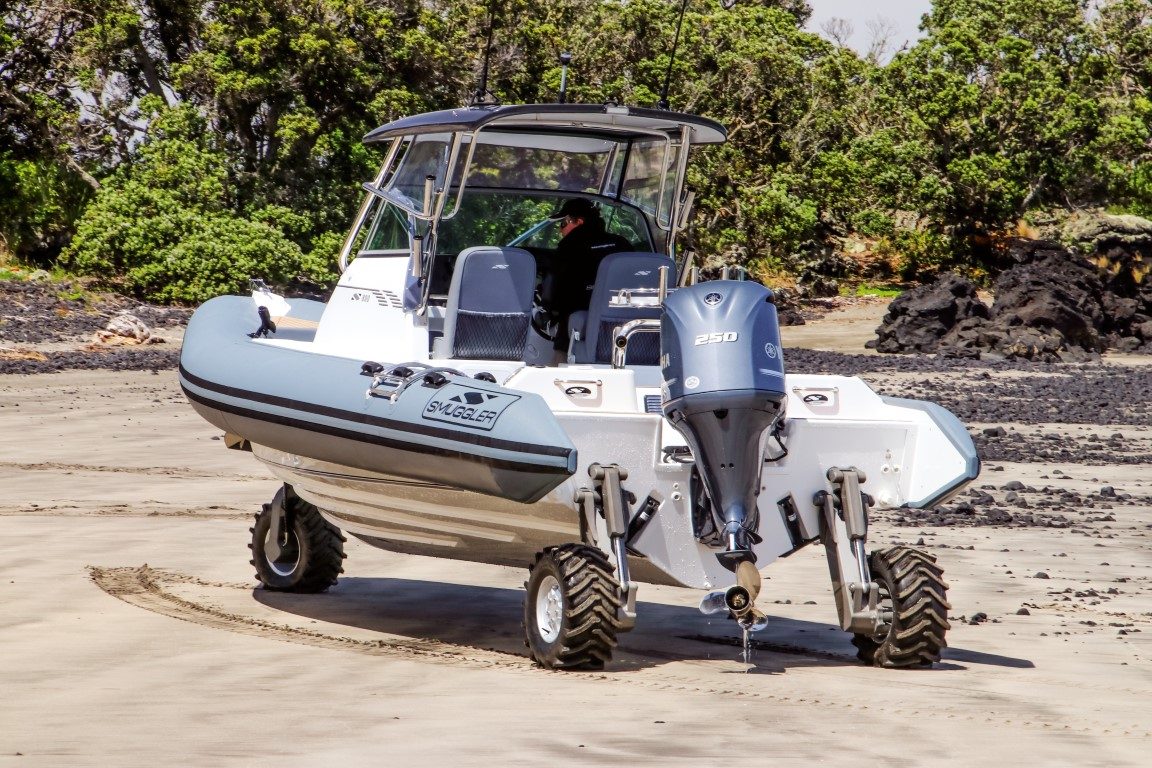
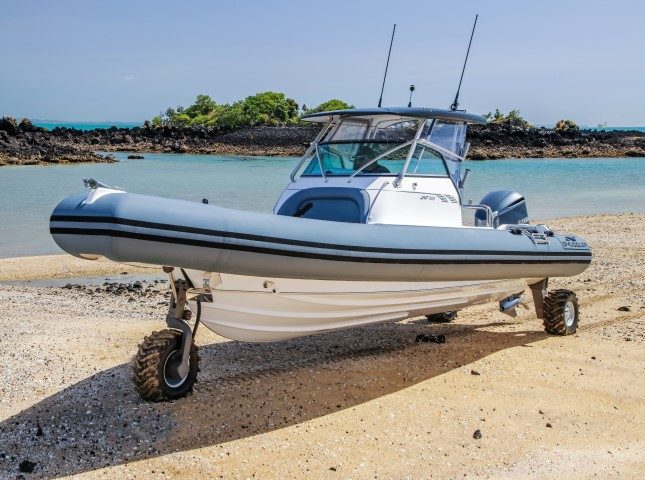
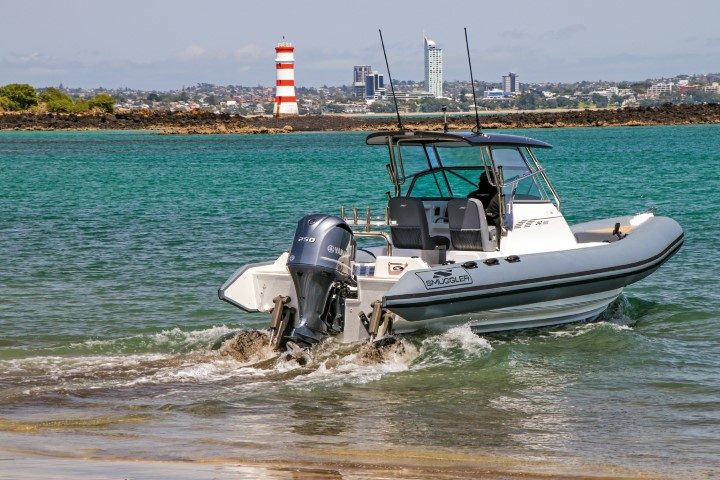
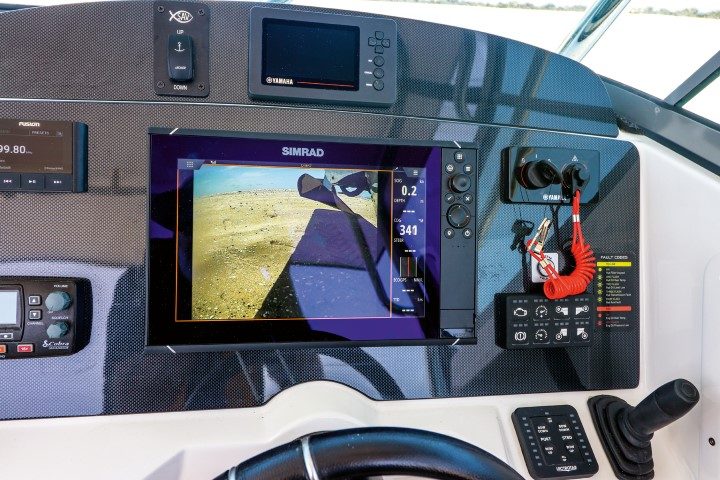
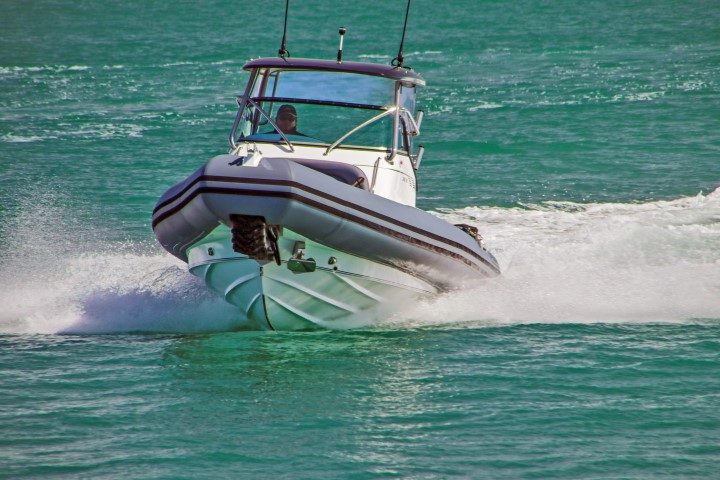
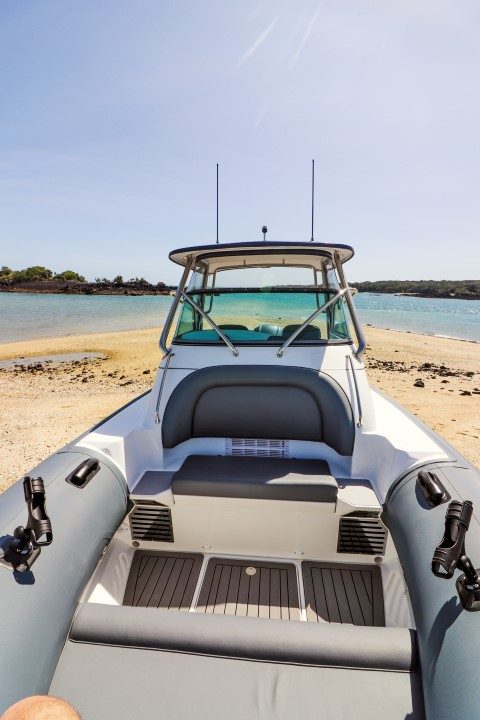 Wanting to check out the cool stuff, we headed over to the Rangitoto lighthouse, or more specifically Mackenzie Bay. The low tide revealed a nice sandy beach and, as it turned out some picnickers had just arrived. We watched them pull their small inflatable up to the beach, hop out (getting their feet wet) and then struggle to drag their boat from the water.
Wanting to check out the cool stuff, we headed over to the Rangitoto lighthouse, or more specifically Mackenzie Bay. The low tide revealed a nice sandy beach and, as it turned out some picnickers had just arrived. We watched them pull their small inflatable up to the beach, hop out (getting their feet wet) and then struggle to drag their boat from the water.
